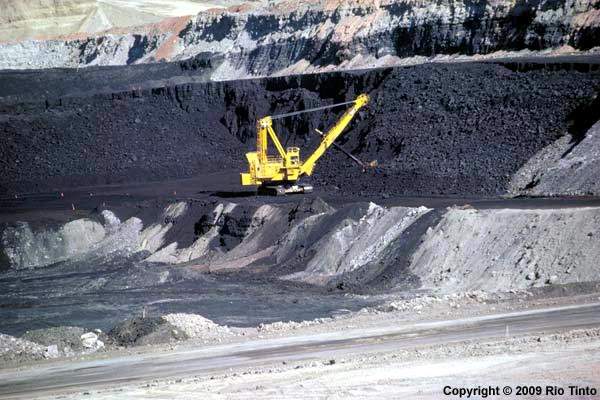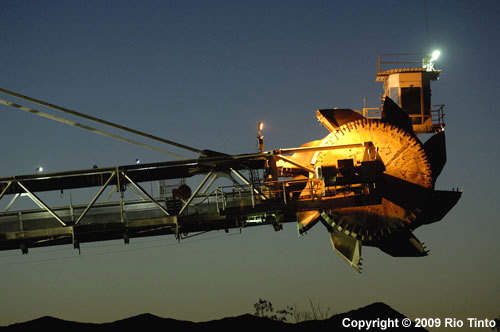Jacobs Ranch mine, located 50 miles south-east of Gillette in Wyoming’s Powder River Basin, is owned by Arch Coal. The mine was acquired by Arch Coal from Rio Tinto in October 2009. Rio Tinto acquired it from from Kerr-McGee Coal in 1998.
Rio Tinto entered into a sale and purchase agreement to sell Jacobs Ranch to Arch Coal for $761m in March 2009. The divestment was announced in 2007. The sale received clearance from the US Federal Trade Commission in August 2009. When Rio Tinto acquired the mine it covered 9,284 acres. The permitted area has been expanded to 15,625 acres.
Mining at Jacobs Ranch involves extraction of steam coal from Wyodak seams. It produces two products with varying sulphur content. Sub-bituminous, low sulphur coal is supplied for electricity generation in Texas, Louisiana, Arkansas and Oklahoma. Steam coal is supplied to customers throughout the US. The company shipped 42 million tons of coal in 2008.
Geology and coal quality
The Wyodak coalbed at Jacobs Mine is classified into three separate coal seams known as Upper Wyodak, Middle Wyodak and Lower Wyodak. The mine benefits from competitive mining costs due to the thickness of the region’s coal seam and its proximity to the surface.
The mines in the Powder River Basin are characterised with thick coal seams and relatively thin overburden. The project employs a shovel-truck method the prime means for overburden stripping and coal mining. Mining at Jacobs Ranch is done through dragline and truck-and-shovel methods.
The quality of coal is defined by the availability of ash content of 5.4%, sulphur content 0.45% and heating value 8,800btu during 2008.
The number of shovels at pit 1 were reduced from four to three during August 2008. This was done to reduce the number of shovel moves, improvise road conditions and enhance shovel productivity and increase operating rooms.
Reserves
As of 31 December 2008, Jacobs Ranch mine had 381 million tonnes of proven and probable reserves. The reserve base of the mine has an average heat content of more than 8,800btus/lb and sulphur dioxide content of less than one pound per million btus.
Jacobs Ranch is allowed to produce 55 million tons of coal every year. The mined coal is shipped to mid-western and south-eastern US.
Transport
Jacobs Ranch is connected to a joint rail line in the Powder River Basin, with a rail loading point at Jacobs Junction. The coal mined through shovel-truck method is crushed at the coal preparation plant. It is stored in seven silos for train loading.
The loading tracks have dual railroad track loops for loading two trains at a time. Each train has a maximum of 140 cars with a capacity of 500lb each. Coal is loaded into the cars at the rate of 11,000t an hour. The coal is supplied to customers throughout the US.
Equipment
The equipment fleet of Jacobs mine comprises 120-cubic yard dragline, eight large electric shovels and over 40 haul trucks. The 2.1-mile-long overland conveyor at the mine was commissioned at its full capacity of 6,000t/h during 2008.
Jacobs Ranch acquired a new tire shop in July 2008 to ensure safety to increase tire life. The new facility enabled employees to work on tires away from the main flow of traffic and provides more space for them to work.
Environmental impact
The mine has received a national excellence in surface mining and reclamation award for its Playa/wetland reconstruction in 2004.
The company has donated 1,000 acres of land near the mine to the Rocky Mountain Elk Foundation for developing a conservation easement. The conversation easement was finalised in 2007. About 75% of the 1,000 acres is reclaimed land that can be used for livestock grazing and wildlife habitat.




